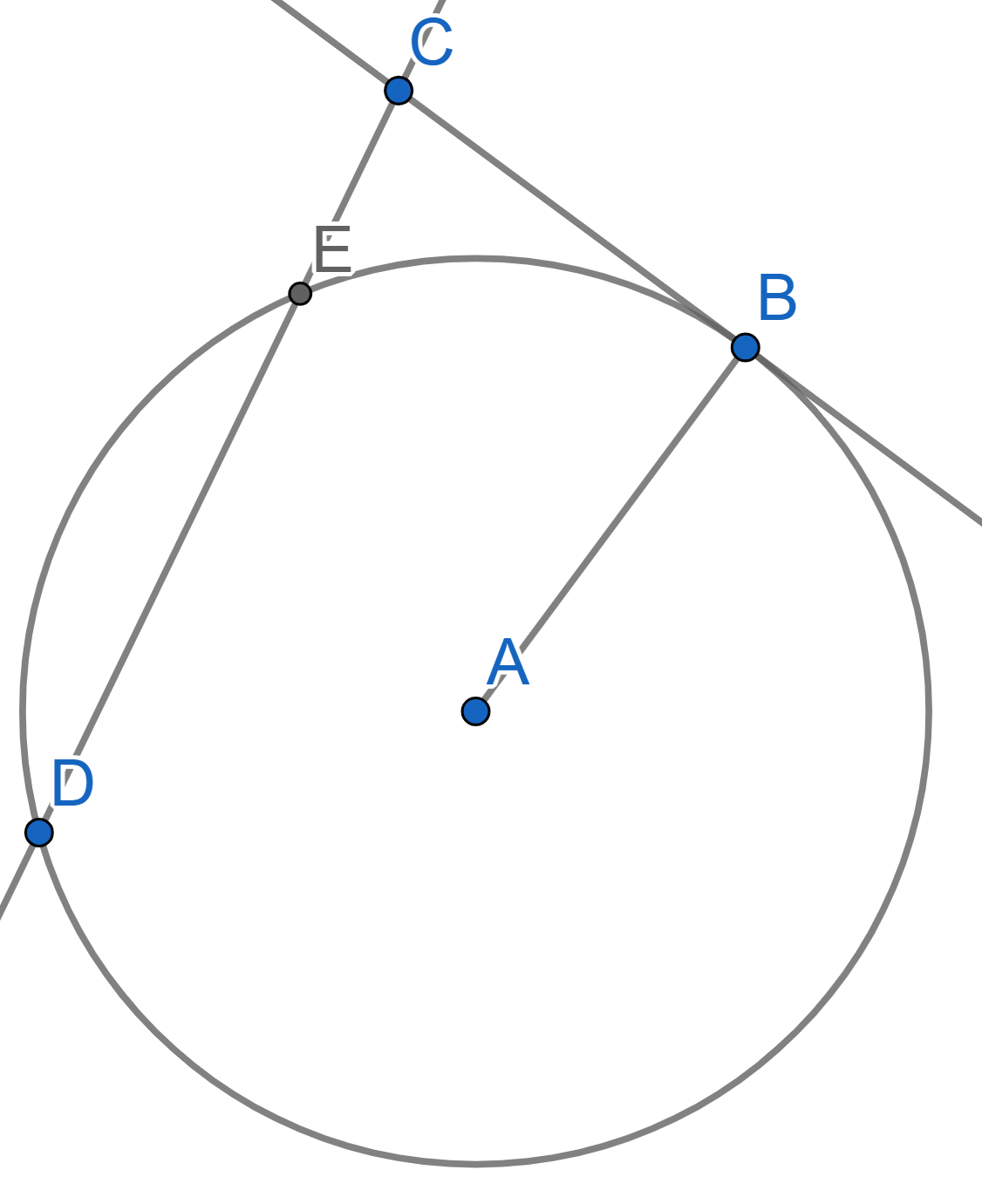Problem #DES-240224
Problem
One can hardly imagine modern life without numbers, but have you
wondered when and how the numbers were invented? It turns out people
started using numbers about \(42000\)
years BCE supposedly to mark the dates in calendar. But how do we
represent the numbers in writing? Well, there are two ways: examples of
the first abstract numeral systems are generally tallying
systems, the ones where the value or contribution of a digit
does not depend on its position, a good example is the famous Roman
numeral system: \(I\, V\, X\, L\, C\, D\,
M\), here a digit has only one value: \(I\) means one, \(X\) means ten and \(C\) a hundred. However, one might struggle
to express large numbers in Roman system.
Majority of ancient civilisations, Sumerian, Egyptian, Babylonian,
Chinese, Japanese, Indian used what is called positional numeral
systems, where the contribution of a digit to the value of a number is
the value of the digit multiplied by a factor determined by the position
of the digit. All these systems, even when invented independently, have
something in common, they are what is called "base-\(10\)".
Try to guess why do we use the decimal numeral system, which has exactly
\(10\) digits in our everyday use.
Because it does not actually have to be \(10\) digits, it could easily be \(3,8,16\), the binary system (with only
digits \(0\) and \(1\)) is used in all electronic devices,
since it is enough to represent any bit of information we might possibly
know.
